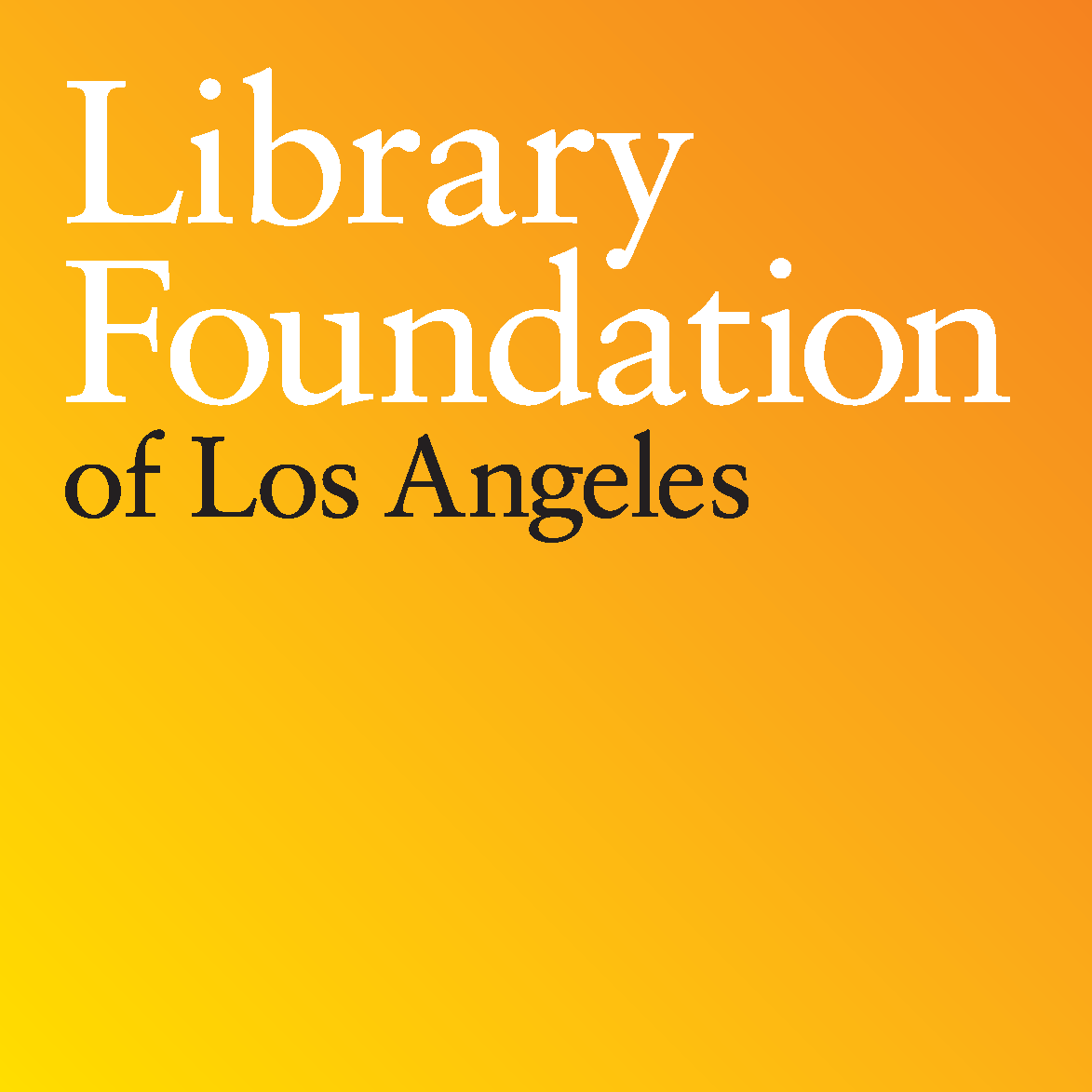The invitation to speak at the ALOUD series at the Los Angeles Public Library on June 21 gave me an opportunity not only to show the audience an indispensable but invisible matrix of New Deal public works that lifted Southern California out of the last depression, but to reveal an option seldom if ever offered as an antidote to an economic crisis. That option was both direct and indirect federal employment through emergency work relief agencies. The WPA, PWA, CCC, and others succeeded not only economically, but as the means to create a healthier society rather than one ever more desperate and pathological.  Gray Brechin and David Kipen of Libros Schmibros in conversation at ALOUD. Photo by Gary Leonard.
Gray Brechin and David Kipen of Libros Schmibros in conversation at ALOUD. Photo by Gary Leonard.
Striking at 5:54 PM on March 10, 1933 just six days after President Franklin Delano Roosevelt’s inauguration, the Long Beach earthquake gave New Deal agencies an opportunity to show how dramatically taxpayer money could be used to spread opportunities previously available only to the few. The shock collapsed or severely damaged schools throughout the county. The Los Angeles Board of Education assigned a board of 48 architects, engineers, and construction experts to assess the safety of all its schools and plan new ones. With the aid of grants and loans from the new Public Works Agency in Washington, Los Angeles and adjacent cities launched a three-year campaign that one PWA publication called “the largest school building and rehabilitation program ever undertaken.” After three years of construction, workers had built or reconstructed 536 buildings with the help of the PWA. Long Beach alone got over 30 schools.
The Roosevelt administration operated on the assumption that it is far cheaper and better for a society to uplift the nation’s people rather than punish them so that, in the depths of the Great Depression, the PWA and the later Works Progress Administration (WPA) built or refurbished tens of thousands of schools around the country. Many of them are architecturally distinguished and embellished with public art now seldom seen by the public. In addition, the two agencies constructed entire community college campuses as well as modern teaching, research, and athletic facilities at state universities. Roosevelt strongly believed that only an educated citizenry could sustain democratic governance, so both agencies also built and aided public libraries and museums, while millions of young men recruited into the Civilian Conservation Corps were provided with educational and vocational opportunities through in-camp schools and WPA-run extension courses.
On construction sites throughout Los Angeles County, project signs proclaimed “Workmen Wanted.” Demand for concrete and other materials kickstarted the moribund building industry. From the bottom of the Depression in 1933, the GDP rose sharply and unemployment fell. Though I was unaware of it at the time, the excellent free public education I received in the 1950s and 60s was largely a legacy of those New Deal initiatives. California then merited its boast to be The Golden State.
On the day after our presentation at the Central Library in Los Angeles, David Kipen and I set out to discover more of the unseen public landscape left to us by New Deal agencies and workers while we still have it. In the auditorium of South Pasadena Middle School, we found a WPA sculpture of CCC workers by San Diego-based Donal Hord. The sculptor placed at least two African-American workers in the foreground of a densely-packed relief, a reminder that the C’s were initially integrated outside of the South. That was fifteen years before President Truman desegregated the U.S. military.
 Relief of CCC Workers by Donal Hord, 1938, at South Pasadena Middle School.
Relief of CCC Workers by Donal Hord, 1938, at South Pasadena Middle School.
David and I also visited the post offices in South Pasadena and Culver City, both of which contain murals created for one of several New Deal art agencies. The Treasury Department built over 1,100 post offices during the New Deal, many of them embellished with public art that reflected back to citizens their regional landscapes, history, and legends as well as their work.
 David Kipen in lobby of Culver City Post Office.
David Kipen in lobby of Culver City Post Office.
I feel an urgency in documenting these often superb buildings and the art they contain before the U.S. Postal Service liquidates itself as it sells off the public’s property. Citizen opposition to the closure of post offices in Venice, La Jolla, Santa Monica, Beverly Hills, and elsewhere appears to be futile in the hasty fire sale now going on; shortly after returning home, I learned that Berkeley’s Renaissance-style post office — Pasadena’s cousin — will soon join them on the market.
Though David wrote the introduction to the republished WPA guide to Los Angeles, we both remain baffled by the book’s failure to mention the ubiquitous New Deal public works that pole vaulted Southern California (and the nation) into the mid-twentieth century. But, then, archaeology was among the many fields of knowledge advanced by CCC and WPA workers. As the Living New Deal team uncovers more of what my parents’ generation built 75 years ago in order to extricate itself from another financial crisis, I think of the workers who excavated lost civilizations then. In doing so, we are recovering a forgotten ethical language so often antithetical to that of our own. Listen to the podcast of the event here.
–Posted by Gray Brechin
Dr. Gray Brechin is the founder and project scholar of the Living New Deal project based at the U.C. Berkeley Department of Geography: http://livingnewdeal.berkeley.edu
